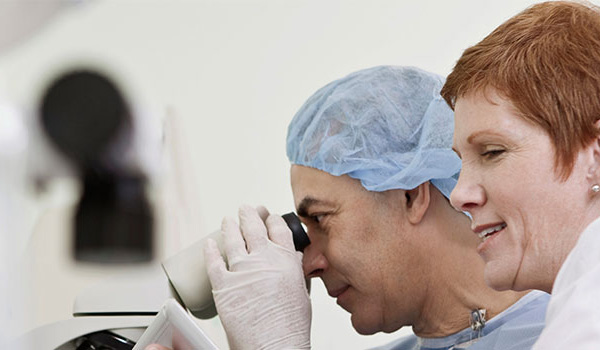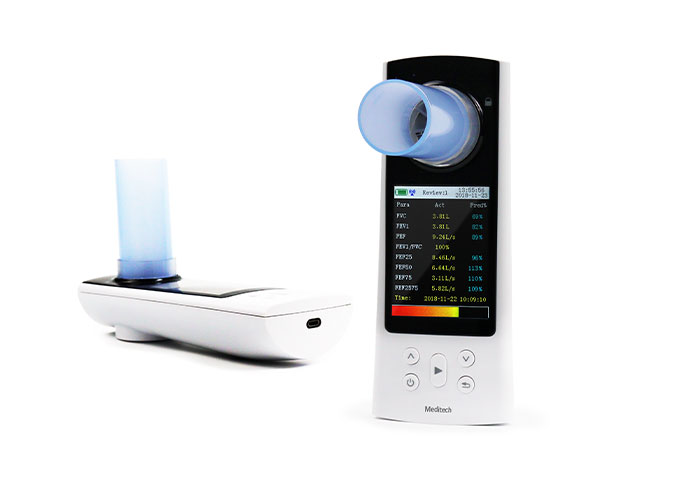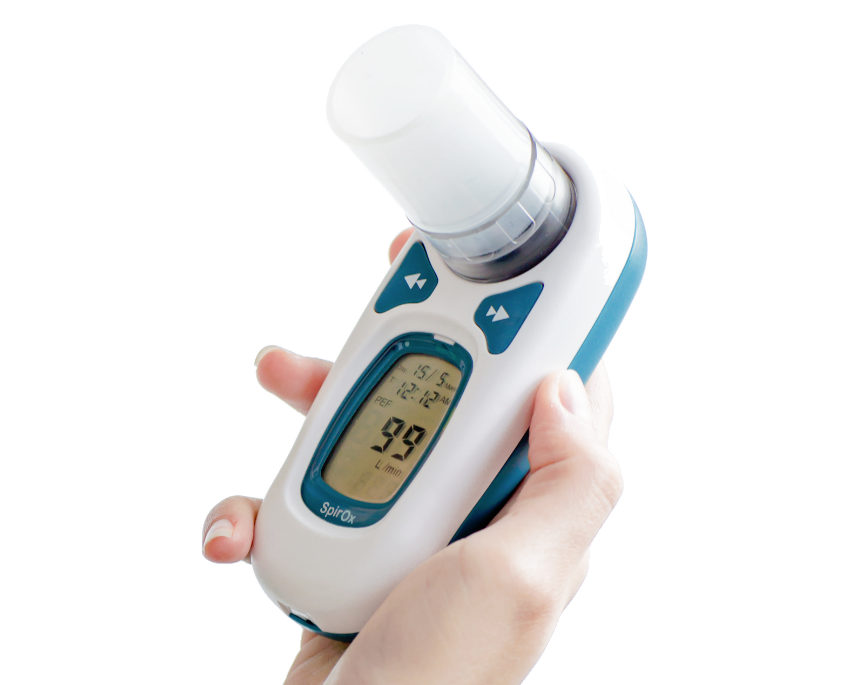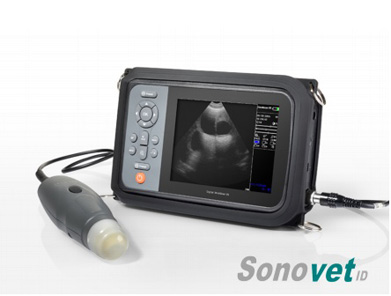

Education
How often should a spirometer be calibrated?
Spirometry is widely performed by a variety of health professionals in settings outside the traditional pulmonary function laboratory. It is important to very that test results are accurate, because they are used to establish diagnoses and guide therapy. A quality-control program will help verify the accuracy of testing procedures and must be developed based on equipment, personnel, and test application. Calibration is part of quality control and its meaning has evolved to include limited performance-testing. Large syringes and recently available flow calibrators allow determination of spirometer accuracy and make calibration rapid and convenient. They have the additional advantage of being portable and thus can accompany the spirometer on field trips. Calibration techniques may help in other aspects of quality control, such as test methodology and monitoring technician proficiency. Technicians are often evaluated on the ability to prepare, calibrate, and troubleshoot equipment, gain patient cooperation, determine the adequacy of effort, and calculate spirometry results. Calibration techniques may help in many aspects of this evaluation. Finally, advanced techniques may be used to study the methods used in performing clinical spirometry.
How often should a spirometer be calibrated?
Calibration or verification with an annually certificated calibration syringe needs to take place at every year (maximum) , or every every spirometry session (Recomended) for a busy service.
A biological control test (testing the equipment by having a healthy, stable person perform spirometry) should also be performed at least once a week.
The calibration can be done by professional organization or service center , it can be also sent back to Meditech and we will do for , but the round way freight cost is on buyer.
Spirometry Test: What Do My Spirometry Results Mean?
more..
How to calibrate Meditech Spirometer:
https://vimeo.com/40440860
Promoted Products
Meditech Brands
Meditech Equipment Co.,Ltd is part of Meditech Group. Product(s) described may not be licensed or available for sale in all countries. Sonotech, Sonovet, iSonic, FOs2pro, Dolphi, Defi, HeartRec,miniScan,Cardios,SpirOx,iBreath, Meditech and all corresponding design marks are trademarks of Meditech. The symbol indicates the trademark is registered. Patent and Trademark Office and certain other countries. All other names and marks mentioned are the trade names, trademarks or service marks of their respective owners. Please see the Instructions for Use for a complete listing of the indications, contraindications, warnings and precautions.
Legal notice Terms and conditions Cookie policy Privacy Policy Professional organisations Careers















